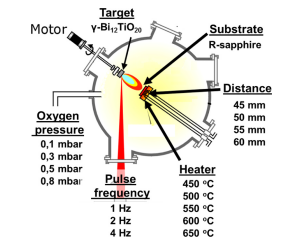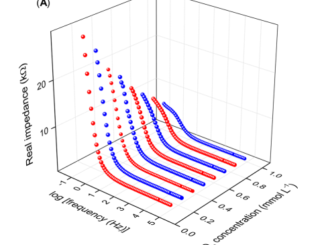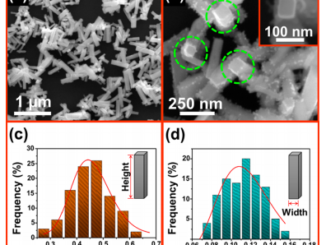
Connecting Theory with Experiment to Understand the Sintering Processes of Ag Nanoparticles
Abstract: A complementary combination of long-time atomistic molecular dynamics simulations and real-time transmission electron microscopy (TEM) images has been utilized for unraveling, at an atomic resolution, the nature of the sintering process of Ag nanoparticles (NPs) induced on the surface of an α-Ag2WO4 crystal for the first time, under the exposure of a TEM electron beam (EB). Temporal evolution of calculated and experimental results highlights the role of the lattice plane matching and the stacking faults along the disorder-to-order transitions of the oriented attachment process. This phenomenon is considered as an example of surface plasmon resonances (SPRs), in which the EB has two effects: first, it provokes the formation of the Ag NPs that, due to the electron irradiation, become SPR electric dipoles, and, second, these Ag NPs undergo sintering processes that are controlled by dipole–dipole interactions forming larger clusters. The predictive power of the simulation model was verified experimentally, paving the way for quantitative predictions of the events involved in the Ag NP sintering process. These findings reveal the atomic-scale dynamics, which helps advance the general understanding and provides further support and reliability of the conclusions of this study.
Authors: Edison Z. da Silva, Giovani M. Faccin, Thales R. Machado, Nadia G. Macedo, Marcelo de Assis, Santiago Maya-Johnson, Júlio C. Sczancoski, Juan Andrés, Elson Longo & Miguel A. San-Miguel.
Journal of Physical Chemistry C, 2 mai, 2019
Volume 123, Number 17, pages 11310 – 11318
DOI: 10.1021/acs.jpcc.9b02107
PDF: Connecting Theory with Experiment to Understand the Sintering Processes of Ag Nanoparticles




